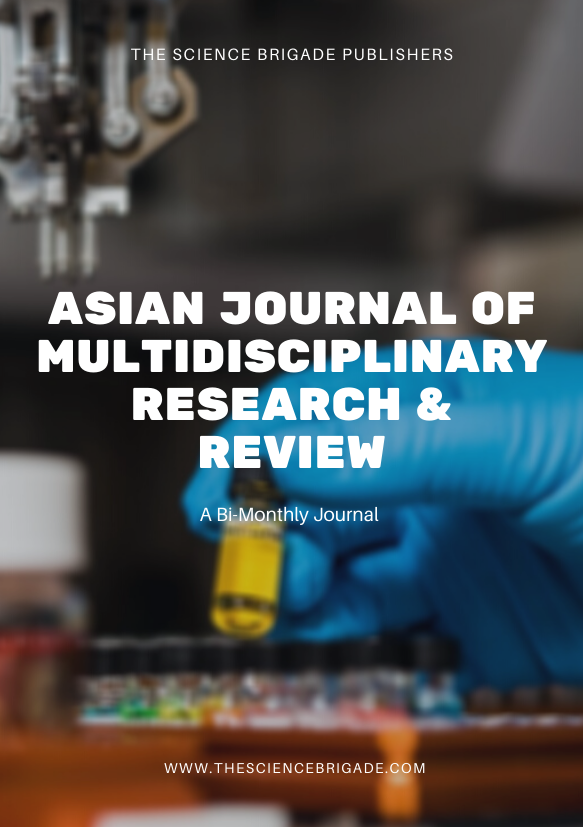The cultivation of the sight-reading ability of students in piano education at normal universities can improve their overall piano performance and application. At present, however, sight reading has not been treated as a separate, scientific and systematic course of instruction in piano teaching in Chinese normal universities, and university teachers do not pay sufficient attention to the cultivation of the sight-reading ability of their students. Because of this, the teaching philosophy is still traditional, the teaching content is relatively simple, and there are lacking of scientific systematic training methods. In this regard, the paper proposes three ways to help improve the sight-reading ability of Chinese piano students in normal universities: selecting suitable sight-reading materials, adopting effective training methods and developing scientific training habits.
A Study on Enhancing and Developing Piano Sight-Reading Skills of Music Educators in Higher Education Institutions in China
Publication Information
Journal Title: Asian Journal of Multidisciplinary Research & Review
Author(s): Ren Xie
Published On: 27/06/2023
Volume: 4
Issue: 3
First Page: 76
Last Page: 82
ISSN: 2582-8088
Publisher: The Law Brigade Publisher
Cite this Article
Ren Xie, A Study on Enhancing and Developing Piano Sight-Reading Skills of Music Educators in Higher Education Institutions in China, Volume 4 Issue 3, Asian Journal of Multidisciplinary Research & Review, 76-82, Published on 27/06/2023, Available at https://ajmrr.thelawbrigade.com/article/a-study-on-enhancing-and-developing-piano-sight-reading-skills-of-music-educators-in-higher-education-institutions-in-china/
Abstract
Share this research
Latest Publications

License Information
Copyright © [hfe_current_year]
Ren Xie

Ownership and Licensing:
Authors of this research paper submitted to the Journal of Science & Technology retain the copyright of their work while granting the journal certain rights. Authors maintain ownership of the copyright and have granted the journal a right of first publication. Simultaneously, authors agreed to license their research papers under the Creative Commons Attribution-NonCommercial-ShareAlike 4.0 International (CC BY-NC-SA 4.0) License.
License Permissions:
Under the CC BY-NC-SA 4.0 License, others are permitted to share and adapt the work, as long as proper attribution is given to the authors and acknowledgement is made of the initial publication in the Journal of Science & Technology. This license allows for the broad dissemination and utilization of research papers.
Additional Distribution Arrangements:
Authors are free to enter into separate contractual arrangements for the non-exclusive distribution of the journal’s published version of the work. This may include posting the work to institutional repositories, publishing it in journals or books, or other forms of dissemination. In such cases, authors are requested to acknowledge the initial publication of the work in the Journal of Science & Technology.
Online Posting:
Authors are encouraged to share their work online, including in institutional repositories, disciplinary repositories, or on their personal websites. This permission applies both prior to and during the submission process to the Journal of Science & Technology. Online sharing enhances the visibility and accessibility of the research papers.
Responsibility and Liability:
Authors are responsible for ensuring that their research papers do not infringe upon the copyright, privacy, or other rights of any third party. The Journal of Science & Technology and The Science Brigade Publishers disclaim any liability or responsibility for any copyright infringement or violation of third-party rights in the research papers.




